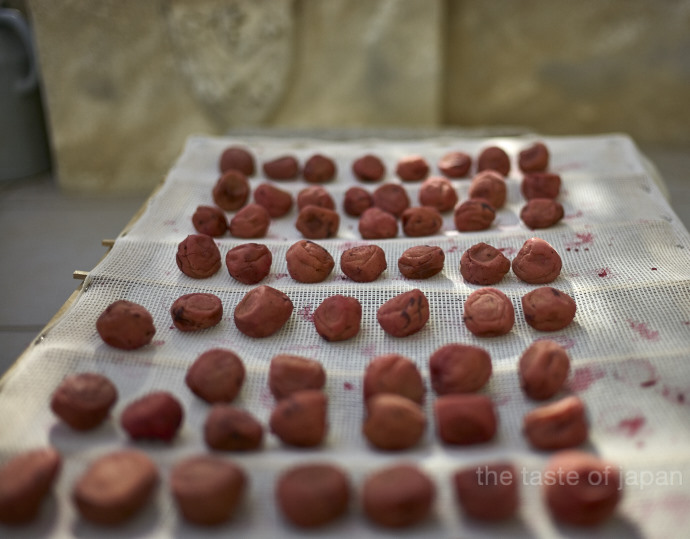Their taste is new to most people in the West. Mouth-puckering sour, though pleasant, their saltiness is pronounced but acceptable and make a perfect match for many dishes. At our home umeboshi are often added to onigiri. Those hand pressed rice balls that for some miracle reason taste best if they are made by the hands of one who loves you.
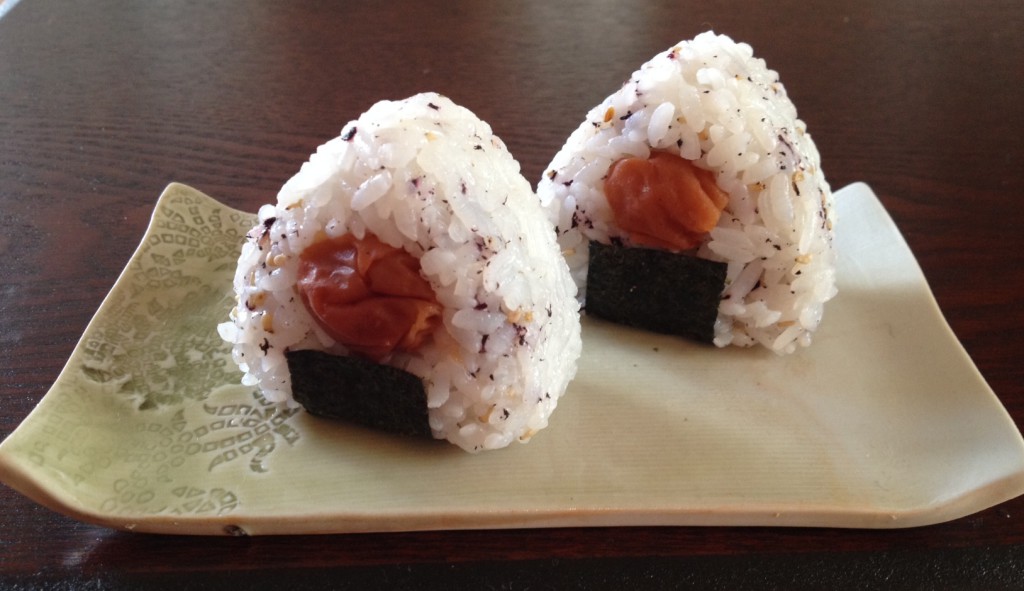
These days it is easy to buy ready made umeboshi at Asian and organic supermarkets, but nothing beats them being home made. Getting umé, botanically prunus mume or Japanese apricots in Germany is not easy. Until our umé tree yields fruit I am using local apricots instead.
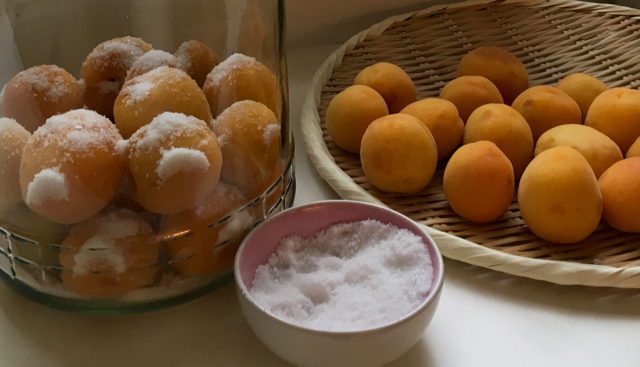
How umeboshi are made
Traditionally umeboshi are being pickled – often but not always with red shiso leaves – in Japan’s rainy season and are left to ferment in their own brine for about six weeks, before they get laid out and dry in the summer sun for three days.
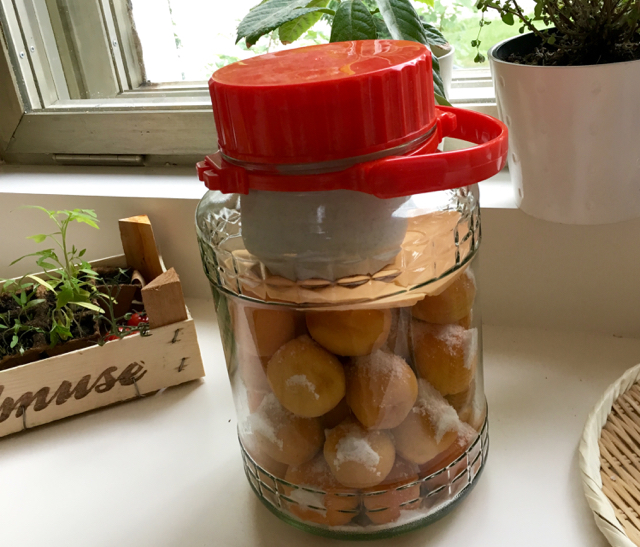
What seems easy in Japan with its hot summers is a challenge in Germany. Even more so this year, where summer took a long time coming. But finally the weather forecast predicted a couple of hot days. Perfect timing for my ‘umeboshi’, that will get their finishing touch of summer sun.
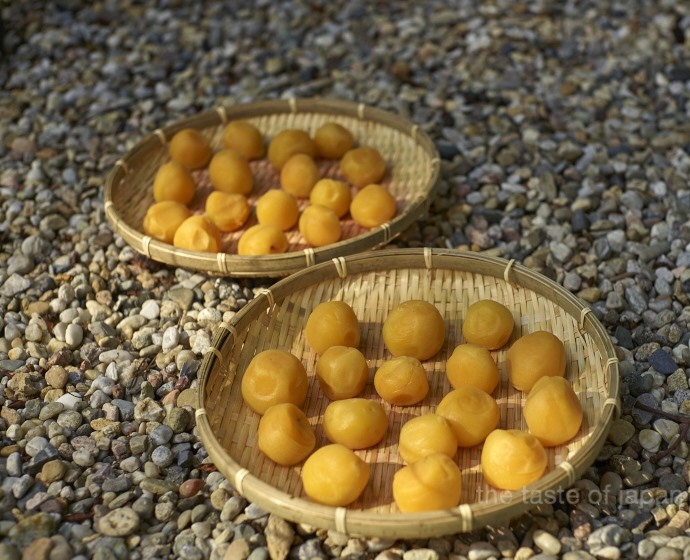
Want to make umeboshi at home?
This years umeboshi pickling season is over, but if you want to join me in making umeboshi next time, sign up for the newsletter and I will guide you through it step-by-step.
